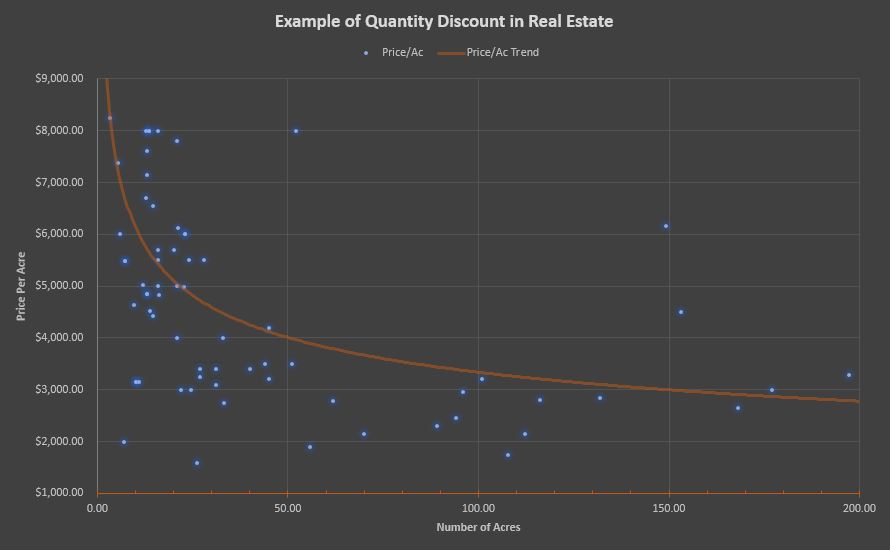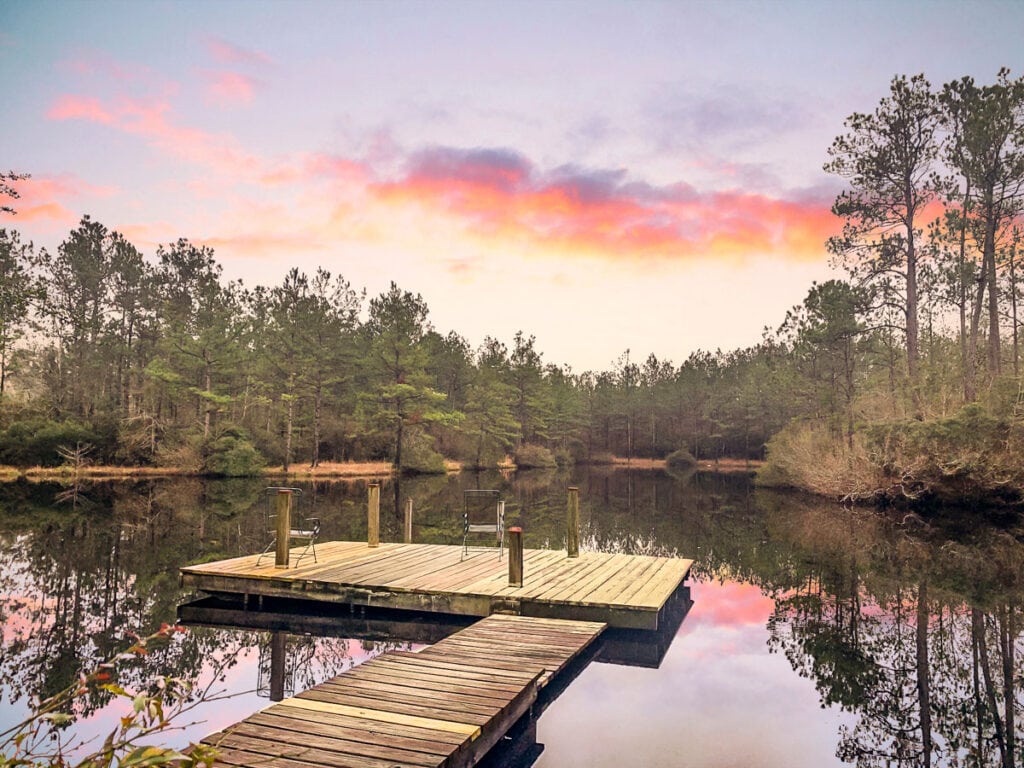Many people call our office and inquire wanting to buy a single acre of a much larger parcel we have listed for sale. They see 9,753 acres at $2,995/acre and think, “That’s a great deal! Maybe I can buy one or two acres.” Unfortunately, it’s not that simple. The standard response is that a Seller would not be interested in selling such a small tract of land. The administrative costs and the potential loss of road frontage and access are the main reasons for a Seller to be discouraged from such a small sale. For example, of that 9,753 acres we mentioned, how much of it has access or frontage? If a tract that large already has limited access, a Seller would not be inclined to sell off more acreage; therefore, further limiting his access.

Typically, acreage is listed at a per acre price to notify potential Buyers of the per acre price. It is the industry standard for valuing land instead of by total price. A Buyer enjoys the luxury of knowing the per acre price versus the total sales price. Most Buyers will do the calculations themselves. The same theory is applied to commercial property when listing by the square foot.
We also advertise the per acre price on sales where a survey is required, as the total sales price will be adjusted on the surveyed acres. For example, if we have a Seller with 150 acres that has been in the family for generations but decides to sell, a survey will be required. Though the tax records may show 150 acres, that is not always the case. Therefore, if the survey comes out to 152.56 acres, the total sales price will be adjusted based on the price per acre.
In addition to that, the more acres purchased, the cheaper the per acre price – think quantity discount. It’s like buying in bulk at Costco. Have you noticed that most residential neighborhood lots may sell for $5,000 -$30,000 depending on the size of the lot and that lot may not even be the size of one acre? But you can find 150 acres for approximately $2,000-$3,000 per acre.
There are instances where a tract may be divided into smaller portions, but those divisions are still dependent on access. No one wants to be left with a landlocked tract. Those are typically hard to sell unless there’s an adjoining landowner who might be interested.
If you ARE looking for 1 to 2 acres, let us help you find what you’re looking for!
By Karen Stout and Arlie Scott





